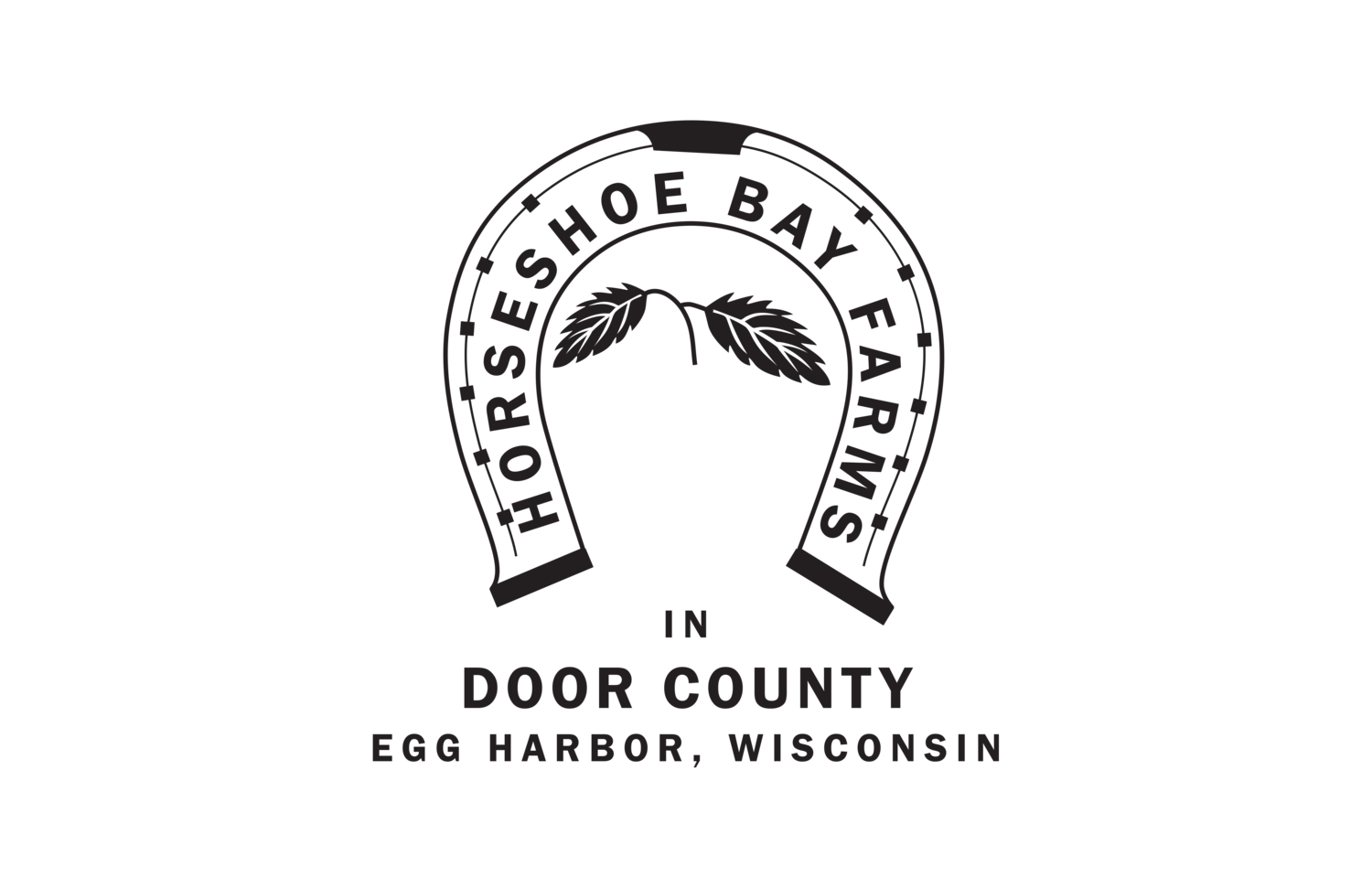Murphy Farms
In 1916, Frank and Elbridge Murphy formed a new company called Real Estate Securities Co. of Green Bay. Although their plans were unclear, this was probably an early indication that the UFGC development was not going well. By 1917, UFGC had planted 200 acres of cherry trees and had begun construction of the barn complex on the Bay of Green Bay. Just why UFGC decided to transition to cherry orchards and cattle breeding is unclear. Possibly it was to buy land while cheap and put it to productive use as a cash generating farm until the land could be sold as summer homes.
In 1918, United Fruit Growers Co. sold their property, over 700 acres, to Frank and Elbridge Murphy. It is reasonable to suppose that the tourism hopes of the UFGC were not panning out, maybe due to insufficient interest and possibly due to the entrance of the US into WWI. The new entity that was created became known as Murphy Farms and was jointly owned by Frank and Elbridge Murphy. The Murphy’s continued to increase the acreage by another 460 acres for a total close to 1,200 acres. Some of this acreage was sold off in later years. The farm on a steady state basis was around 850 acres. The Farm was divided into 2 pieces:
Farm I: occupied all the land located at the foot of the bluffs and down to Green Bay. Focused on dairy and other animal operations.
Farm II: occupied the larger portion of land that was located on top of the bluff and focused on the orchard operations.
Farm Construction
Farm I
Farm I was built as a standalone, self-sufficient community that included 8 barns, 7 farm support structures, 5 farm houses and 3 farm house garages. All structures had electricity, hot and cold running water; all barns had concrete floors with hot and cold running water. There were iron stanchions and concrete stalls in all stock barns. Farm I had a separate ‘utility system’ with:
Several wells and a water supply system (including automatic pumps and water pressure) to all structures
Complete sewage system for the farm houses
Separate power house with 2 gas generators and back-up batteries to supply electricity.
Farm I was focused on cattle breeding, raising hogs, raising chickens, dairy operations, grain farming to supply the feed for the animals, and a large vegetable and fruit garden to support the farm families and workers.
Farm II
Farm II on the bluff consisted of a cow barn, crop storage barn, Granary and machine shed, spray barn, a large farm house and several other smaller farm houses for farm workers. Like Farm I, Farm II had wells and a concrete water tank, cesspool, and a pump and engine house to provide water and electricity to the structures on the bluff. Farm II was primarily focused on cherry, apple and plum orchard operations, although beef and dairy cattle were also raised.
Holstein Cattle Operations. Along with land purchases and farm building construction, the Murphy’s set their sites on building one of the largest and best Holstein Friesian breeding farms in Wisconsin. The Murphy’s set about making large scale purchases of purebred animals. They spent $60,000 in 1919, including the purchase of a $25,000 sire. By 1920, another 28 thorough-bred Holsteins were on the way.
They actively promoted their stock and breeding approaches, sometimes in a folksy manner as indicated in their promotional brochure in the early 1920’s.
The emphasis on raising only the best pure bred Holstein stock reflected the emerging lesson that the future of livestock raising lay in specialization: purchasing and breeding pure bred animals. Meticulous record keeping and tracking of blood lines was one of the keys to success.
In addition, the comprehensive Murphy Farms complexes were like factories, laid out with precision, consideration for labor savings and fully self sufficient.
The farm began to acquire state-wide attention. By 1920, the herd numbered more than 100. By 1921, the breeding programs were starting to produce dividends as cattle the Murphy’s raised brought high prices at auction.
The local newspapers wrote constantly about the farm. It was the pride of Door County and positioned Door County in the front ranks of the dairying community. In all articles, the farm was referred to as the ‘famous Horseshoe Bay Farms at Egg Harbor’.
In 1925, tragedy struck the farm. Wisconsin Fobes 5th contracted ‘Bangs Disease’ and died one year after being purchased. The infection makes the animals infertile and eventually causes death. More importantly, any animals inseminated by the diseased bull were likely to be infected and the disease could be passed on through milk, which caused a public health hazard.
In late 1925, the stock breeding farm announced that it was being discontinued and most of the healthy herd sold at auction.
In December 1925, Elbridge Murphy conveyed his share of the farm to Frank E. Murphy and the farm became know as Horseshoe Bay Farms.



